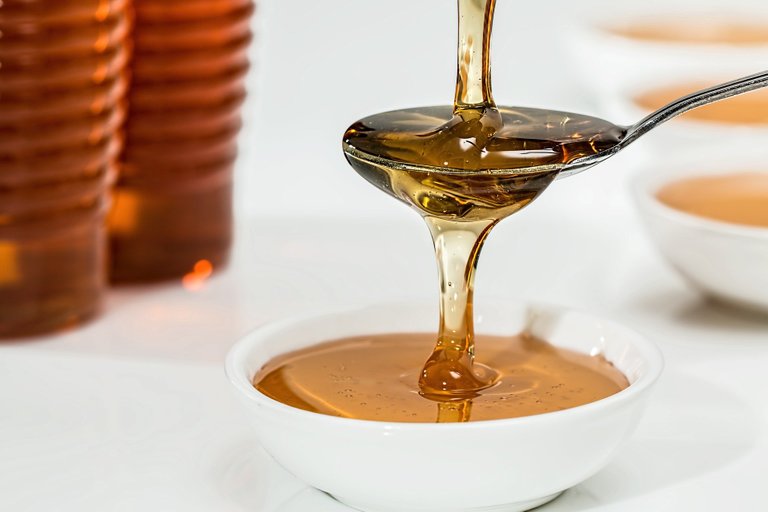Radioactive Honey Is Still Here
While the United States ended their atmospheric nuclear tests back in the sixties of the previous century they still cause American honey to be radioactive.

Image by Steve Buissinne from Pixabay
- Be also sure to check out my other posts and follow me @kralizec and subscribe to my Youtube channel at Kralizec Gaming Youtube Channel
The conclusion of an article published in the journal Nature sounds quite frightening as they found radioactive honey all over the East coast of the United States of America. The team of three scientists from the William & Mary University and the Maryland University studied pollen and bee honey only to discover traces of radioactive cesium.
More precisely, they discovered the isotope Cesium-137 that is known to indicate human-caused radioactivity especially when it comes to surface nuclear tests from the previous century. The study chose the east of the United States purposefully as the authors of the study had more than enough data from that area and while the tests took place thousands of kilometers away in the Southwest this was the place where the largest amounts of radioactive dust fell.
How is this possible? It’s all because of the prevailing winds on the Northern hemisphere and the much higher amount of precipitation near the Atlantic Ocean and near the Appalachian Mountains. To simplify, while the nukes exploded in the deserts of New Mexico the radioactive dust was carried high into the atmosphere to fall alongside rain all over from Florida to the Canadian Atlantic coast.
Okay, so that makes sense, but how does the radioactive cesium enter honey even after sixty years? Because it has similar properties to potassium which is one of the key plant nutrients. So, the flora in the East coast of the United States just took a liking to the radioactive isotopes, pulling them from the ground, passed through the metabolism until it ended in the pollen and the rest was up to the bees that carried it to their hives.
What is interesting, this is not unique to the United States. In the past, scientists found traces of cesium-137 and other radioactive elements in European honey as well. While we never performed large-scale nuclear tests in Europe because of the population density we did have the largest nuclear accident in form of Chernobyl.
But, you should not worry. The concentration of radioactive isotopes in honey is low enough to not be dangerous and is more of an interesting way to trace how radioactive material spreads through the atmosphere.
Sources:
- If you like the content I’m producing about science maybe you will like the content I produce about gaming as well! Be sure to check out my other posts!
Congratulations @kralizec! You have completed the following achievement on the Hive blockchain and have been rewarded with new badge(s) :
You can view your badges on your board and compare yourself to others in the Ranking
If you no longer want to receive notifications, reply to this comment with the word
STOPTo support your work, I also upvoted your post!
Check out the last post from @hivebuzz:
Support the HiveBuzz project. Vote for our proposal!